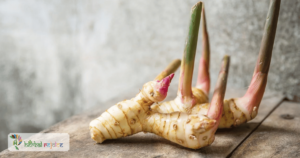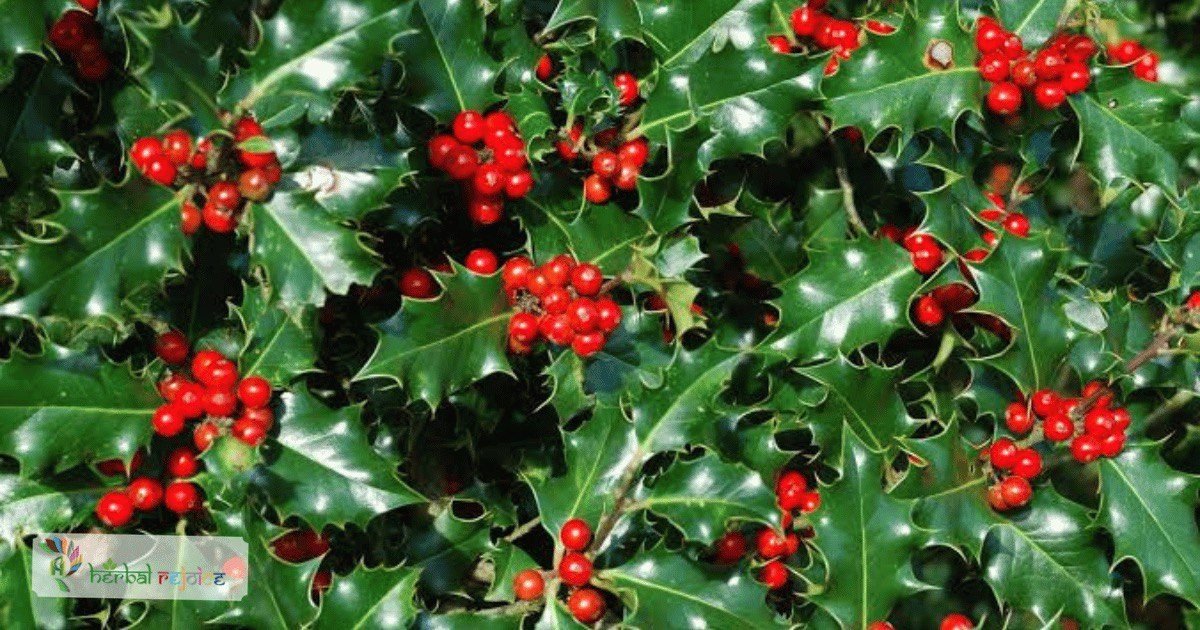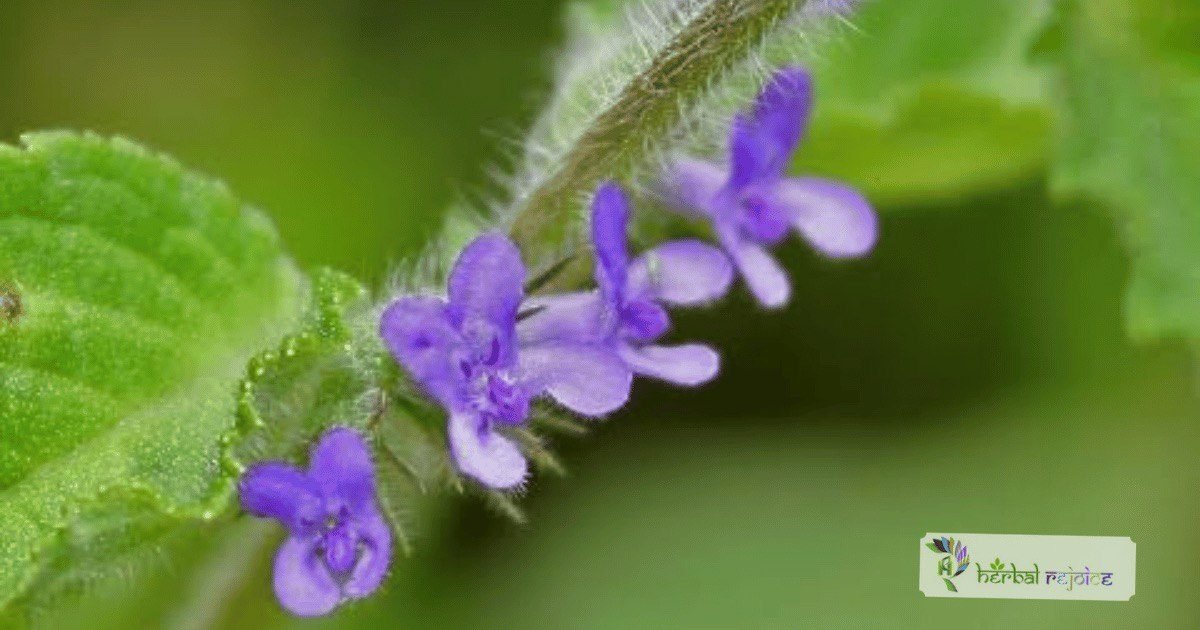Introduction:
Alpinia galanga, commonly known as Greater Galangal, is a unique plant belonging to the Zingiberaceae family. It can be found in the Himalayas and the southern region of the western Ghats.
Greater Galangal is used to treat stomach issues, ulcers, indigestion, diarrhea, constipation and combats cancers, prevent flu, maintains heart and bone health.
In this comprehensive article, we will delve into the English and scientific names, habitat, traditional uses, and potential health benefits of Alpinia galanga.
By exploring the properties and applications of this plant, we can understand its significance in traditional medicinal practices and its potential contributions to our overall well-being.
Galangal – To Fight Cancer

Names and Habitat Of Greater Galangal
Greater Galangal, scientifically known as Alpinia galanga, is predominantly found in the Himalayas and the southern region of the western Ghats.
In Ayurvedic medicine, it is known as Kulanjana, Sthuulagranthi, Sugandhaa, Ugragandhaa, Malaya Vachaa, and MahaabhariVachaa.
It is often used as a substitute for Raasnaa (Pluchea lanceolata). In Unani tradition, it is referred to as Khulanjaan. In Siddha/Tamil practice, it is known as Perarattai.
Traditional Uses and Benefits of Greater Galangal
Alpinia galanga has a long history of traditional use and is believed to offer various health benefits.
1. Carminative, Stomachic, Circulatory Stimulant, and Diaphoretic:
The rhizome of Alpinia galanga is known for its carminative properties, making it beneficial in combating dyspepsia and supporting healthy digestion. It also acts as a stomachic, circulatory stimulant, and diaphoretic, aiding in improving blood circulation and inducing sweating.
2. Anti-inflammatory Effects:
Studies have shown that ethanolic extracts of Alpinia galanga possess anti-inflammatory activity. This suggests potential benefits in alleviating inflammation-related conditions.
3. Anti-Ulcer Properties:
The ethanolic extract of Alpinia galanga has demonstrated significant anti-ulcer activity in rats. This property is attributed to its ability to inhibit excess secretion and protect the gastric lining.
Chemical Composition of Greater Galangal
Alpinia galanga contains various compounds that contribute to its medicinal properties.
1. Essential Oils:
The major constituents of the essential oil derived from Alpinia galanga include methyl cinnamate, cineole, and d-pinene. These compounds may contribute to the plant’s overall therapeutic effects. In moderate doses, the oil exhibits antispasmodic actions.
2. Sex Tonic Effects:
Unani physicians utilize Alpinia galanga as a sex tonic. In animal studies, the plant has been shown to significantly increase the weight of sexual organs and improve sperm motility and sperm count.
Other Plants Used as Raasnaa:
In Indian traditional medicine, various plants are used as Raasnaa. Alongside Alpinia galanga, these include Pluchea lanceolata in southern India, Vanda roxburghii in eastern Uttar Pradesh and West Bengal, Blepharispermum subsessile in Madhya Pradesh, and Dodonaea viscosa in Andhra Pradesh.
Conclusion:
Alpinia galanga, known as Greater Galangal, offers a range of potential health benefits. Its carminative, stomachic, and circulatory stimulant properties make it valuable in supporting digestion and blood circulation.
Additionally, its anti-inflammatory and anti-ulcer effects further contribute to its medicinal value.
With its unique chemical composition, including essential oils and beneficial compounds like methyl cinnamate, cineole, and d-pinene, Alpinia galanga deserves attention for its potential contributions to overall well-being.
By appreciating the therapeutic properties of this plant, individuals can embrace alternative options for their health and well-being.
Frequently Asked Questions (FAQs)
What is Alpinia galanga commonly known as?
Alpinia galanga is commonly known as Greater Galangal.
What is the scientific name of Greater Galangal?
The scientific name of Greater Galangal is Alpinia galanga.
Where is Alpinia galanga predominantly found?
Alpinia galanga is predominantly found in the Himalayas and the southern region of the western Ghats.
What are some traditional names of Alpinia galanga in Ayurvedic medicine?
In Ayurvedic medicine, Alpinia galanga is known as Kulanjana, Sthuulagranthi, Sugandhaa, Ugragandhaa, Malaya Vachaa, and MahaabhariVachaa.
Is Alpinia galanga used as a substitute for any other herb?
Yes, Alpinia galanga is often used as a substitute for Raasnaa (Pluchea lanceolata) in traditional medicine.
Does Alpinia galanga have carminative properties?
Yes, the rhizome of Alpinia galanga is known for its carminative properties, which can aid in combating dyspepsia and supporting healthy digestion.
Does Alpinia galanga have anti-inflammatory effects?
Yes, studies have shown that ethanolic extracts of Alpinia galanga possess anti-inflammatory activity, indicating potential benefits in alleviating inflammation-related conditions.
Can Alpinia galanga help with ulcers?
Yes, the ethanolic extract of Alpinia galanga has demonstrated significant anti-ulcer activity in rats, attributed to its ability to inhibit excess secretion and protect the gastric lining.
What are some major constituents of the essential oil derived from Alpinia galanga?
The major constituents of the essential oil derived from Alpinia galanga include methyl cinnamate, cineole, and d-pinene.
Does Alpinia galanga have sex tonic effects?
In Unani medicine, Alpinia galanga is utilized as a sex tonic. Animal studies have shown that it can increase the weight of sexual organs and improve sperm motility and count.
Are there any other plants used as Raasnaa in traditional medicine?
Yes, alongside Alpinia galanga, other plants used as Raasnaa include Pluchea lanceolata, Vanda roxburghii, Blepharispermum subsessile, and Dodonaea viscosa.
Is Alpinia galanga safe to use?
Alpinia galanga is generally considered safe for use in appropriate doses.
Can Alpinia galanga be grown in home gardens?
Alpinia galanga can potentially be cultivated in suitable garden conditions, but it is recommended to seek guidance from plant cultivation experts for optimal results.
Are there any regulations or restrictions on the use of Alpinia galanga?
Regulations regarding the use of Alpinia galanga may vary depending on the country or region. It is advisable to check local regulations or consult with relevant authorities.
Where can I find products containing Alpinia galanga?
Products containing Alpinia galanga may be available in health stores, herbal shops, and online platforms specializing in natural remedies.
Are there any known side effects of using Alpinia galanga?
While Alpinia galanga is generally considered safe when used in appropriate doses, it is best to consult with a healthcare professional to determine any potential side effects or interactions with medications.
Can Alpinia galanga be used during pregnancy or breastfeeding?
It is advisable to consult with a healthcare professional before using Alpinia galanga during pregnancy or breastfeeding, as its safety for these specific conditions has not been extensively studied.
Where can I find more research on the health benefits of Alpinia galanga?
To explore more research on the health benefits of Alpinia galanga, you can refer to scientific databases, research journals, and academic publications in the fields of ethnobotany, herbal medicine, and pharmacology.
Can Alpinia galanga be used as a substitute for professional medical advice?
No, Alpinia galanga should not be used as a substitute for professional medical advice. It is always advisable to consult with a healthcare professional before making any changes to your healthcare regimen.





